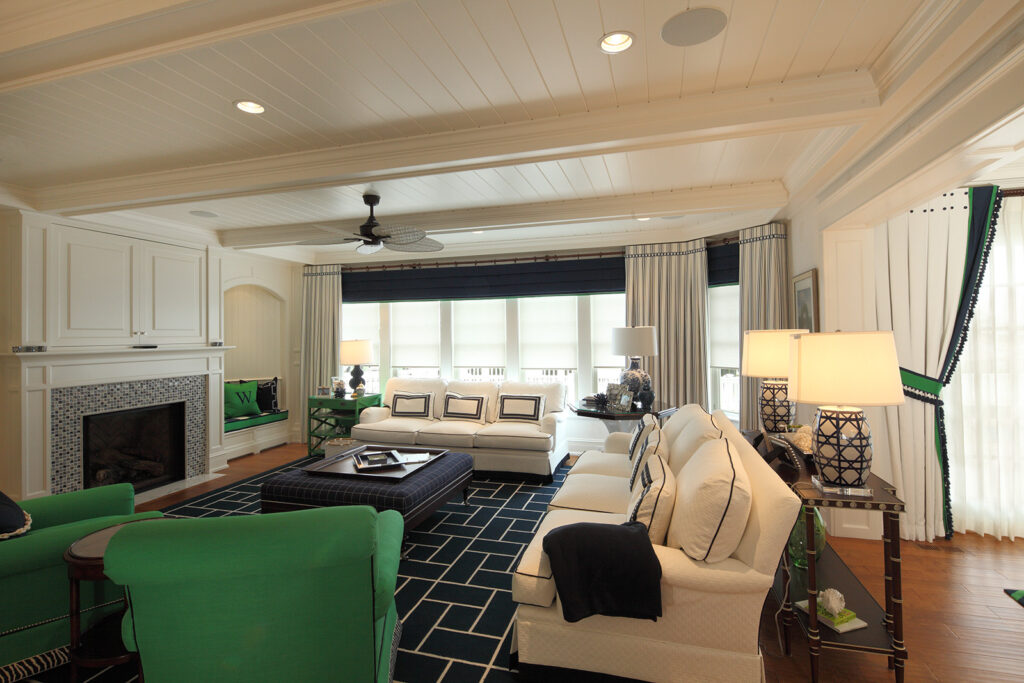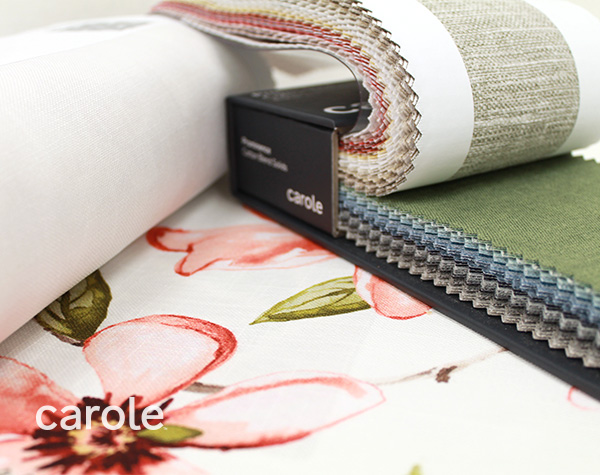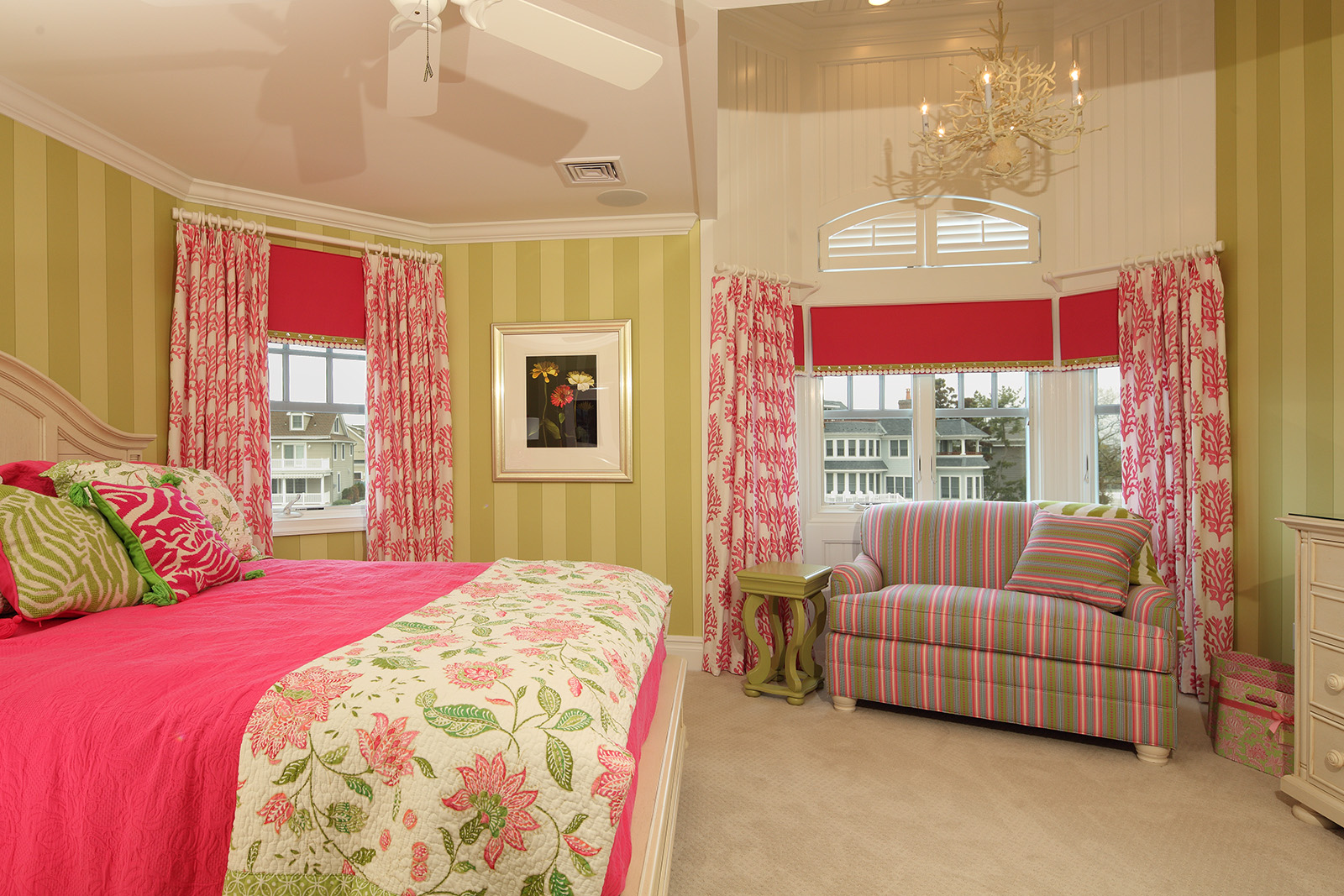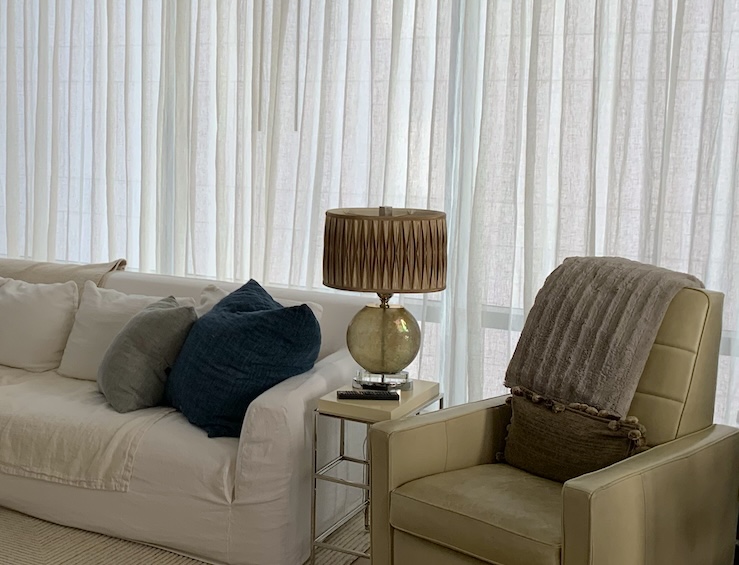It’s dissection day at Designer Draperies, and we’re exploring the fascinating anatomy of custom window treatments. It’s not all soft fabrics and pretty pleats. There is some serious science involved, and we’re engineers, mathematicians, and artists at any given time. Who knew there was so much brain power behind those gorgeous draperies?! (It’s us…we did 😉)

So put on your thinking caps and get ready for today’s anatomy lesson. We’re breaking down all the details and decisions that go into custom draperies — including the importance of fabric selection, fullness, pleat style, linings and interlinings, design aesthetics, and the artistry involved in designing and fabricating drapery panels.
It’s like a big, beautiful puzzle where every piece has to fit just right. And the best part? When it all comes together, it’s not just a window treatment (or a science experiment or a math equation)… it’s a masterpiece!
Choosing the Perfect Fabric

Fabric selection is the foundation of a soft window treatment’s entire aesthetic and can make or break the overall design. But it’s not all about looks — the fabric you choose can significantly impact functionality, too. It’s like choosing the perfect outfit, but for your windows. It’s got to look good, feel good, and, most importantly, function well within the space.
We consider things like the type of fabric, weight, color, texture, and pattern. Different fabrics are suitable for various styles. For example, silk and velvet work well with luxurious draperies, while linen or gauze establish a more relaxed look.
When selecting fabrics, you must also consider durability, light filtration, opacity, and maintenance. The good news is that there’s a fabric out there for every style and every need, and we’re here to help you find it!
Drapery Fullness

Fullness refers to the amount of fabric used to create your draperies, and it plays a considerable role in the appearance of your window treatments. The more fullness, the more lush your draperies will look.
But just how much fullness do you need? That’s where the fullness ratio comes in! It’s a simple calculation that determines the amount of fabric required based on the width of your window. A common fullness ratio is 2:1, which means the length of your fabric is twice the width of your window. You can adjust the fullness ratio to achieve different effects. A higher ratio produces a more luxurious, dramatic look, while a lower ratio gives a sleeker, more tailored appearance.
Drapery Pleat Styles

Drapery pleats are perfect for adding personality and pizzazz to your window treatments. There are many pleat styles to choose from, including classic pinch pleats that work well across a range of styles and window types, modern inverted pleats for lighter fabrics and contemporary designs, and ornate goblet pleats perfect for high ceilings, tall windows, and formal spaces. There are plenty of other pleats too, and each brings its own unique charm and character.
Linings and Interlinings

Linings and interlinings may not be the first thing you notice, but they play a crucial role in your window treatments. A lining is a separate piece of fabric attached to the back of your drapery panel. It serves several important purposes, including light control, insulation, and fabric protection. An interlining is an additional layer placed between the main drapery fabric and the lining to add volume and absorb sound. When it comes to choosing linings and interlinings, you should always consider factors such as climate and desired drapery characteristics.
Design and Style

Whew! We made it to design and style! This is where you can let your creativity run wild and make your draperies one-of-a-kind with color, texture, and pattern.
The color of your draperies can impact the overall feel of your space, and don’t forget about texture — the feel of your fabric adds interest to your window treatments. Pattern is where draperies truly shine, but the key is to choose a motif that complements your overall design and doesn’t clash with your decor.
If you really want to elevate your draperies, add custom embellishments like edge banding or trim. A bold tassel fringe along the leading edge, a contrasting border around the sides, or even some sparkly beading in the pleats can add a touch of glam to your window treatments.

Who knew there was so much to learn about the anatomy of custom draperies? (Well, we did, but we’ve been doing this for 30+ years). We didn’t even get to hardware, but we’ll save that lesson for another day.
Don’t worry — you don’t need to be an expert in all things drapery to have gorgeous, functional window coverings. That’s where we come in! At Designer Draperies, we’re passionate about collaborating with our clients to create drapery solutions that fit your needs, style, and budget. We take the time to listen to your vision, understand your space, and guide you through selecting the suitable fabrics, pleats, linings, and design elements to bring your dream draperies to life.
Schedule your appointment today!







